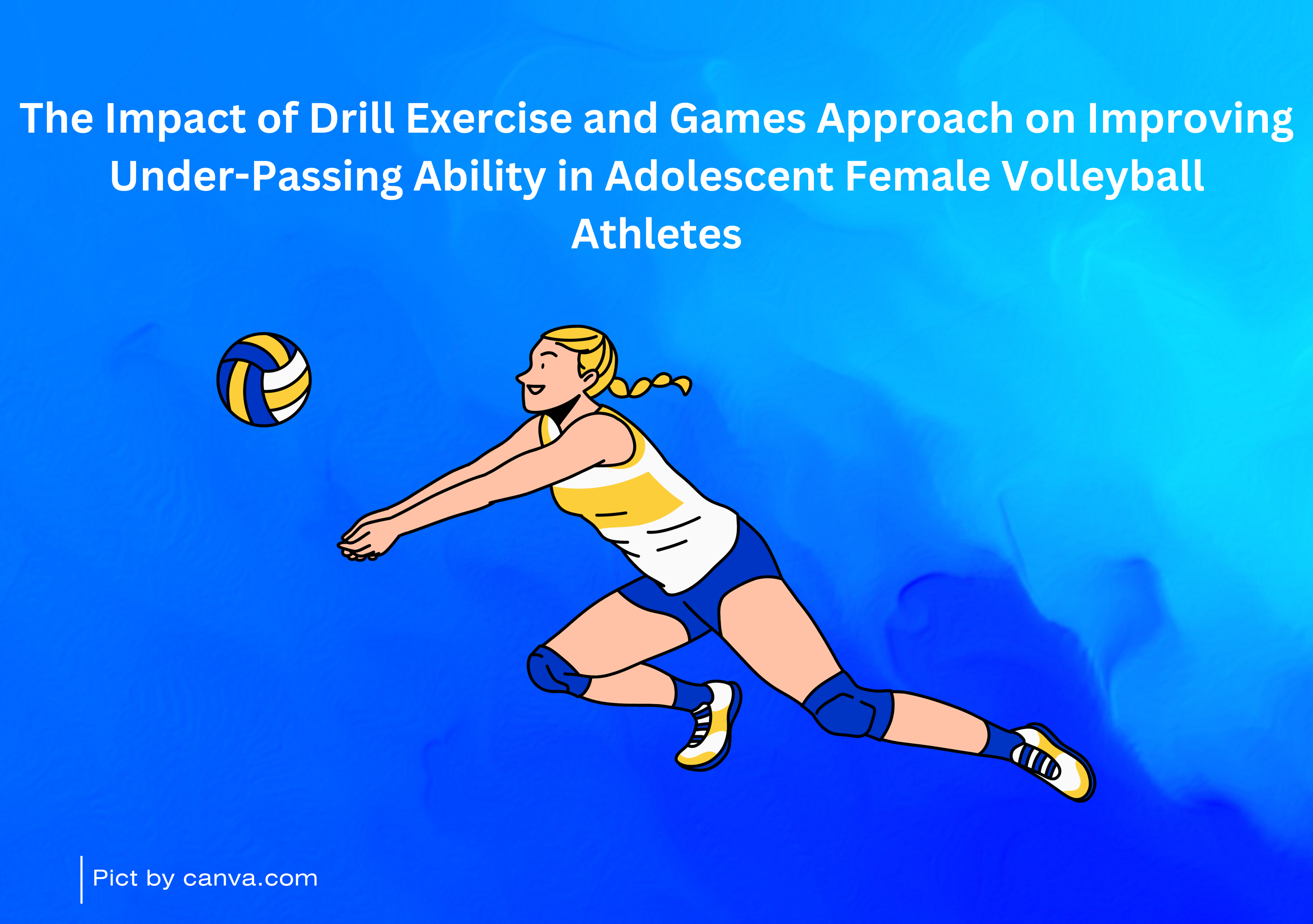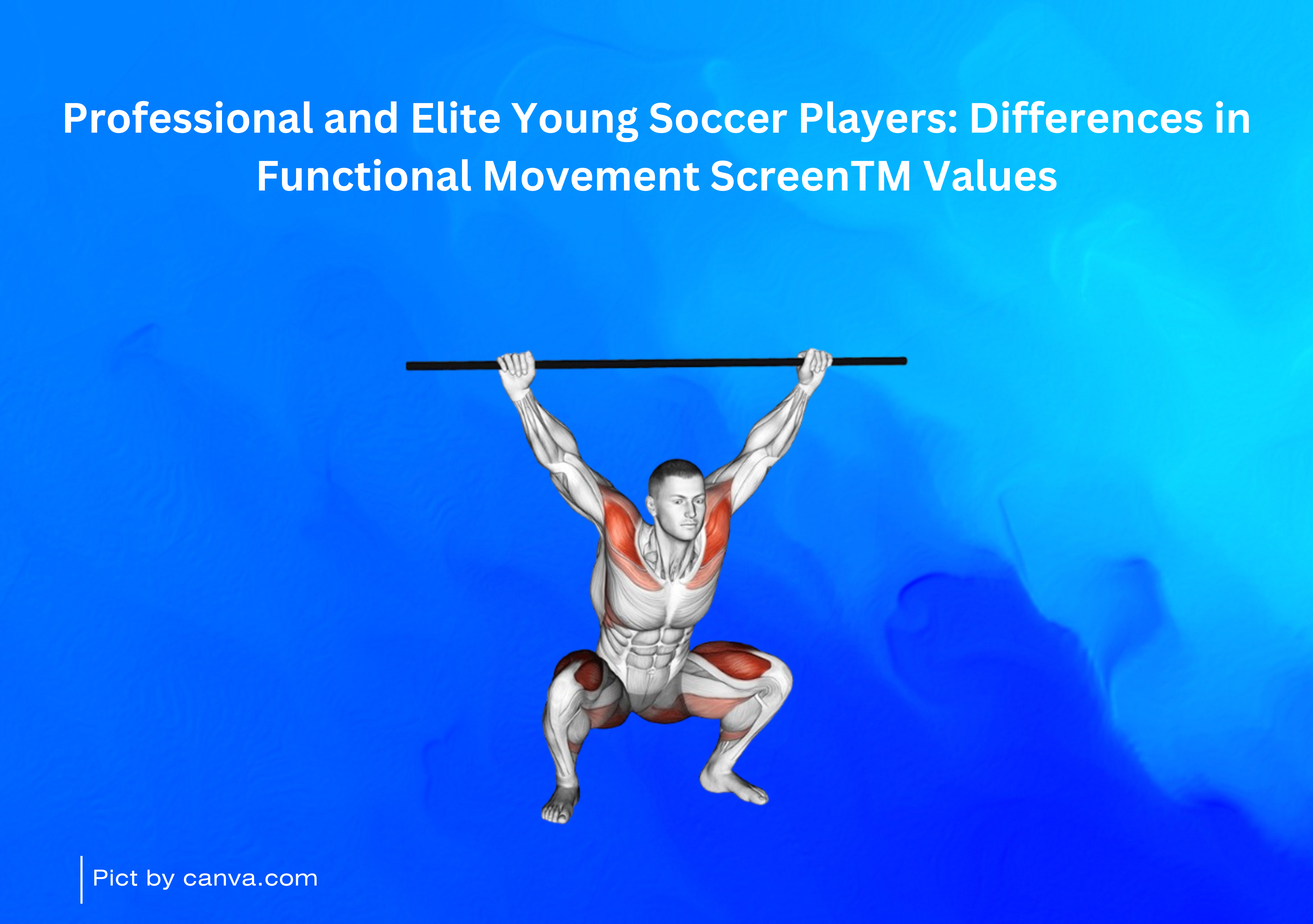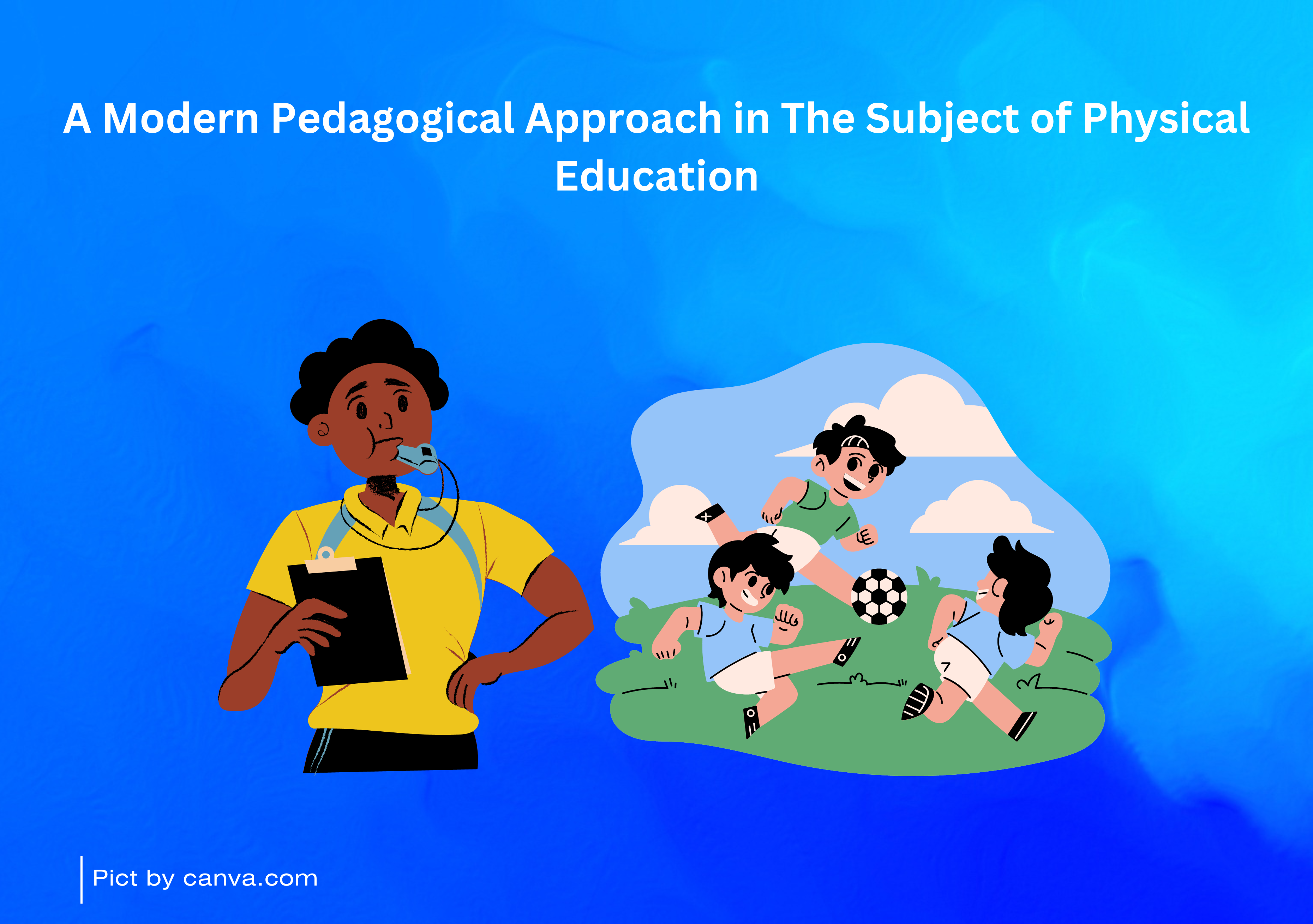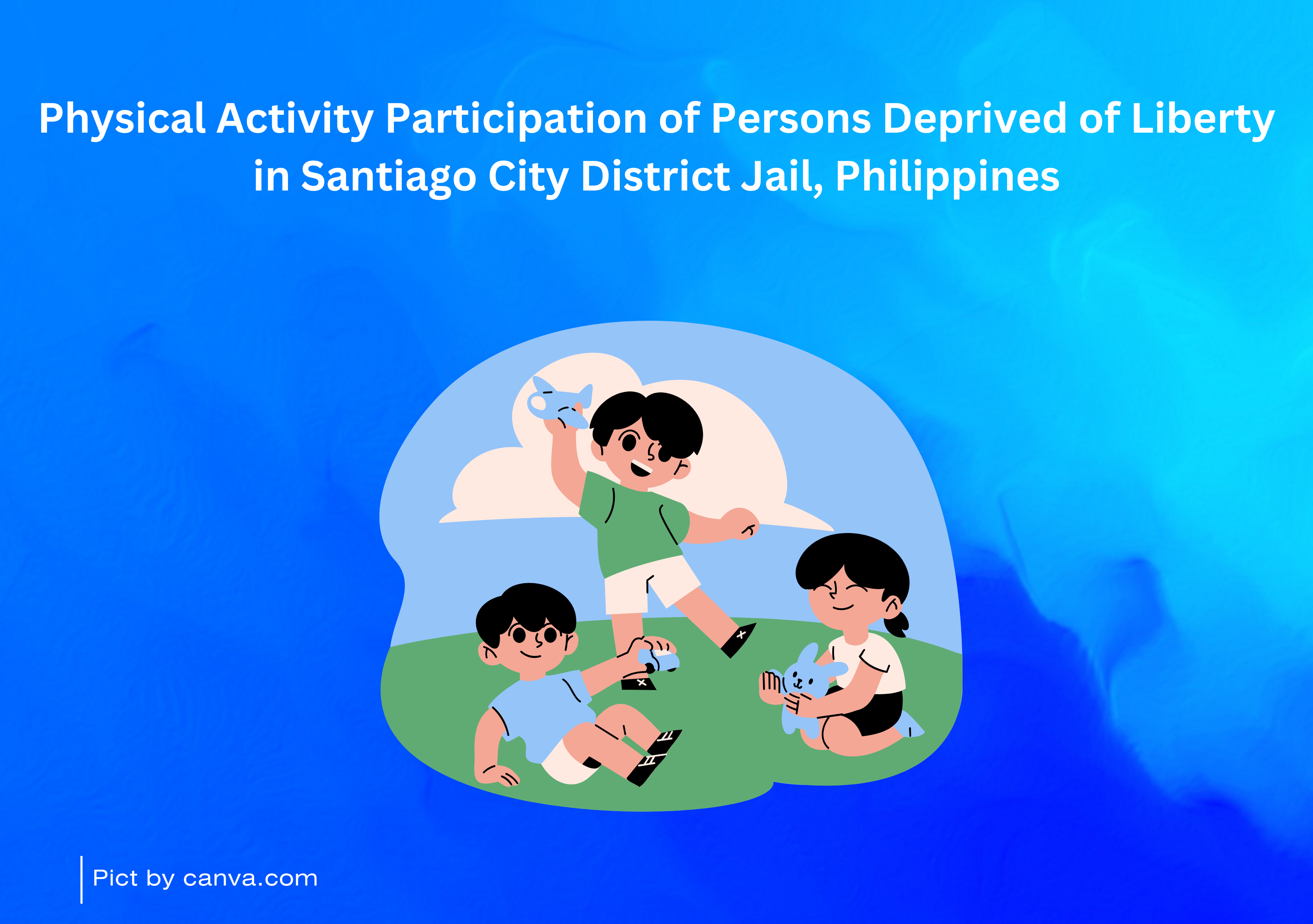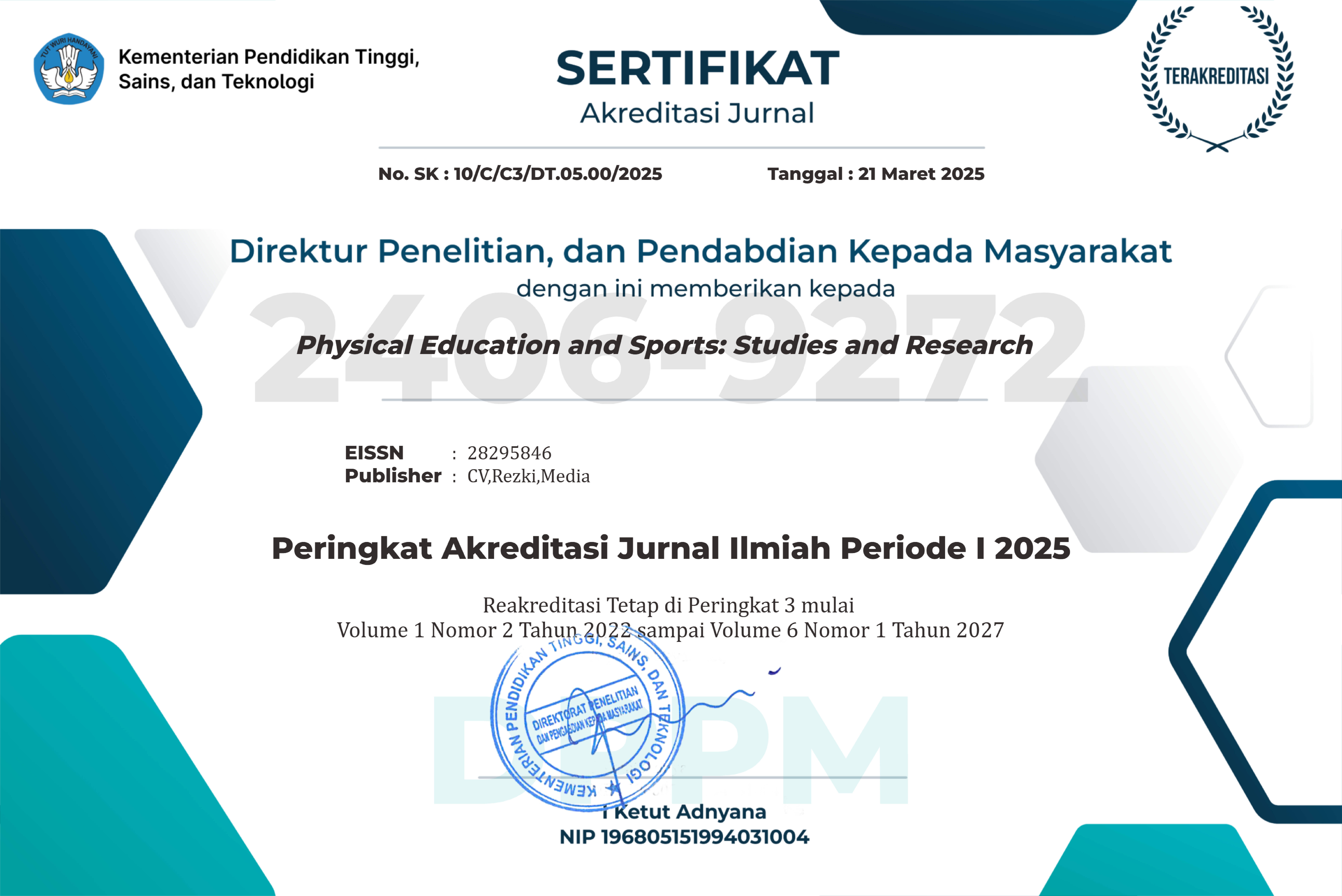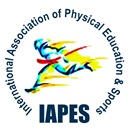The effect of championship participation on training intensity and motivation of Pencak Silat student athletes at Semarang State University, Indonesia
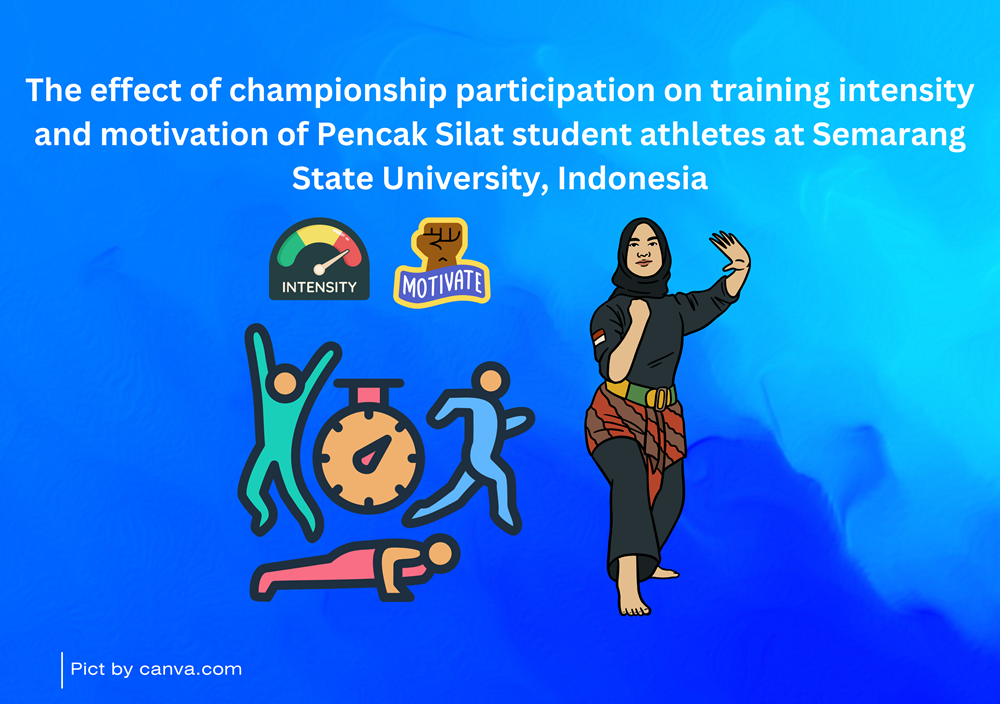
Downloads
Background: Consistent training and high enthusiasm are the keys to an athlete's success in achieving optimal performance. However, among Pencak Silat athletes at Semarang State University (UNNES), there is a decrease in training intensity and enthusiasm when there is no championship agenda.
Objectives: The purpose of this study is to analyze the effect of participation in a championship on the training intensity and motivation of Semarang State University Pencak Silat athletes.
Methods: This study used a pre-post design with the same subjects (n = 30) and an explanatory quantitative approach to determine the effect of championship participation on training intensity and motivation. Data were collected using a Likert scale questionnaire that has been tested for validity and reliability (α = 0.872). Data analysis was performed using a paired t-test using SPSS.
Results: The results showed a significant increase in training intensity from a mean ± SD of 3.12 ± 0.54 (pre) to 3.78 ± 0.49 (post), and training motivation from 3.05 ± 0.61 (pre) to 3.85 ± 0.55 (post), with t(29) = 5.62 and 6.03, respectively, p = 0.004. Cohen's d effect sizes of 1.03 (intensity) and 1.10 (motivation) indicate significant effects.
Conclusions: These findings indicate that participation in championships is a significant external motivator in improving the quality of athletes' training. Therefore, championships can be a coaching strategy to maintain sustainable training motivation, a practical implication that this study has clearly demonstrated.
Al Ikhlas, I. (2024). Studi Tentang Motivasi Siswa Dalam Mengikuti Kegiatan Ekstrakurikuler Pencak Silat. Jurnal Gladiator, 4(4), 1148-1163. https://doi.org/10.24036/gltdor1261011
Benítez-Agudelo, J. C., Restrepo, D., Navarro-Jimenez, E., & Clemente-Suárez, V. J. (2025). Longitudinal effects of stress in an academic context on psychological well-being, physiological markers, health behaviors, and academic performance in university students. BMC psychology, 13(1), 753. https://doi.org/10.1186/s40359-025-03041-z
Blackett, A. D., Evans, A., & Piggott, D. (2017). Why ‘the best way of learning to coach the game is playing the game’: Conceptualising ‘fast-tracked’high-performance coaching pathways. Sport, Education and Society, 22(6), 744-758. https://doi.org/10.1080/13573322.2015.1075494
Deci, E. L., & Ryan, R. M. (2000). The" what" and" why" of goal pursuits: Human needs and the self-determination of behavior. Psychological inquiry, 11(4), 227-268. https://doi.org/10.1207/S15327965PLI1104_01
Gould, D., & Carson, S. (2008). Life skills development through sport: Current status and future directions. International review of sport and exercise psychology, 1(1), 58-78. https://doi.org/10.1080/17509840701834573
Jones, C. M., Griffiths, P. C., & Mellalieu, S. D. (2017). Training load and fatigue marker associations with injury and illness: a systematic review of longitudinal studies. Sports medicine, 47(5), 943-974. https://doi.org/10.1007/s40279-016-0619-5
Li, C., Wang, C. J., & Kee, Y. H. (2013). Burnout and its relations with basic psychological needs and motivation among athletes: A systematic review and meta-analysis. Psychology of Sport and Exercise, 14(5), 692-700. https://doi.org/10.1016/j.psychsport.2013.04.009
Lopes Dos Santos, M., Uftring, M., Stahl, C. A., Lockie, R. G., Alvar, B., Mann, J. B., & Dawes, J. J. (2020). Stress in academic and athletic performance in collegiate athletes: A narrative review of sources and monitoring strategies. Frontiers in sports and active living, 2, 42. https://doi.org/10.3389/fspor.2020.00042
Muzhaffar, D. (2024). Motivasi Berprestasi Atlet Pencak Silat Tapak Suci SMA Muhammadiyah 2 Surabaya. Jurnal Prestasi Olahraga, 7(4), 277-282. https://doi.org/10.1234/jpo.v7i4.61666
Oyefusi, F. (2022). Team and group dynamics in organizations: Effect on productivity and performance. Journal of Human Resource and Sustainability Studies, 10(1), 111-122. https://doi.org/10.4236/jhrss.2022.101008
Putra, P. P. K., & Wijono, W. W. (2021). Tingkat Motivasi Prestasi Atlet Pencak Silat Padepokan Pringgoloyo di Kabupaten Ponorogo: Tingkat Motivasi Prestasi Atlet Pencak Silat Padepokan Pringgoloyo di Kabupaten Ponorogo. Jurnal Prestasi Olahraga, 4(5), 62-69. https://ejournal.unesa.ac.id/index.php/jurnal-prestasi-olahraga/article/view/39188
Ryan, R. M., & Deci, E. L. (2024). Self-determination theory. In Encyclopedia of quality of life and well-being research (pp. 6229-6235). Cham: Springer International Publishing. https://doi.org/10.1007/978-3-031-17299-1_2630
Sheehan, R. B., Herring, M. P., & Campbell, M. J. (2018). Longitudinal relations of mental health and motivation among elite student-athletes across a condensed season: Plausible influence of academic and athletic schedule. Psychology of Sport and Exercise, 37, 146-152. https://doi.org/10.1016/j.psychsport.2018.03.005
Shipherd, A. M., Wakefield, J. C., Stokowski, S., & Filho, E. (2019). The influence of coach turnover on student-athletes' affective states and team dynamics: An exploratory study in collegiate sports. International Journal of Sports Science & Coaching, 14(1), 97-106. https://doi.org/10.1177/1747954118766465
Sukadiyanto, S., & Kusnadi, A. (2019). Psikologi olahraga: Teori dan penerapan dalam pelatihan. PT Remaja Rosdakarya.
Vallerand, R. J., & Losier, G. F. (1999). An integrative analysis of intrinsic and extrinsic motivation in sport. Journal of applied sport psychology, 11(1), 142-169. https://doi.org/10.1080/10413209908402956
Copyright (c) 2025 Achmad Alif Firmansyah, Nanang Indardi

This work is licensed under a Creative Commons Attribution-ShareAlike 4.0 International License.




